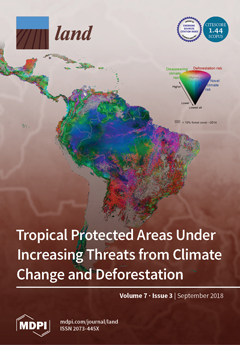Resource information
Historic data and old topographic maps include information on historical floods and paleo-floods. This paper aims at identifying the flood hazard by using historic data in the drainage basin of Pinios (Peneus) River, in Thessaly, central Greece. For this purpose, a catalogue of historical flood events that occurred between 1979 and 2010 and old topographic maps of 1881 were used. Moreover, geomorphic parameters such as elevation, slope, aspect and slope curvature were taken into account. The data were combined with the Geographical Information System to analyze the temporal and spatial distribution of flood events. The results show that a total number of 146 flood events were recorded in the study area. The number of flood events reaches its maximum value in the year 1994, while October contains the most flood events. The flood occurrences increased during the period 1990–2010. The flooded area reaches its maximum value in the year 1987, and November is the month with the most records. The type of damages with the most records is for rural land use. Regarding the class of damages, no human casualties were recorded during the studied period. The annual and monthly distribution of the very high category reaches the maximum values, respectively, in the year 2005 and in June. The analysis of the spatial distribution of the floods proves that most of the occurrences are recorded in the southern part of the study area. There is a certain amount of clustering of flood events in the areas of former marshes and lakes along with the lowest and flattest parts of the study area. These areas are located in the central, southern, south-eastern and coastal part of the study area and create favorable conditions for flooding. The proposed method estimates the localization of sites prone to flood, and it may be used for flood hazard assessment mapping and for flood risk management.


